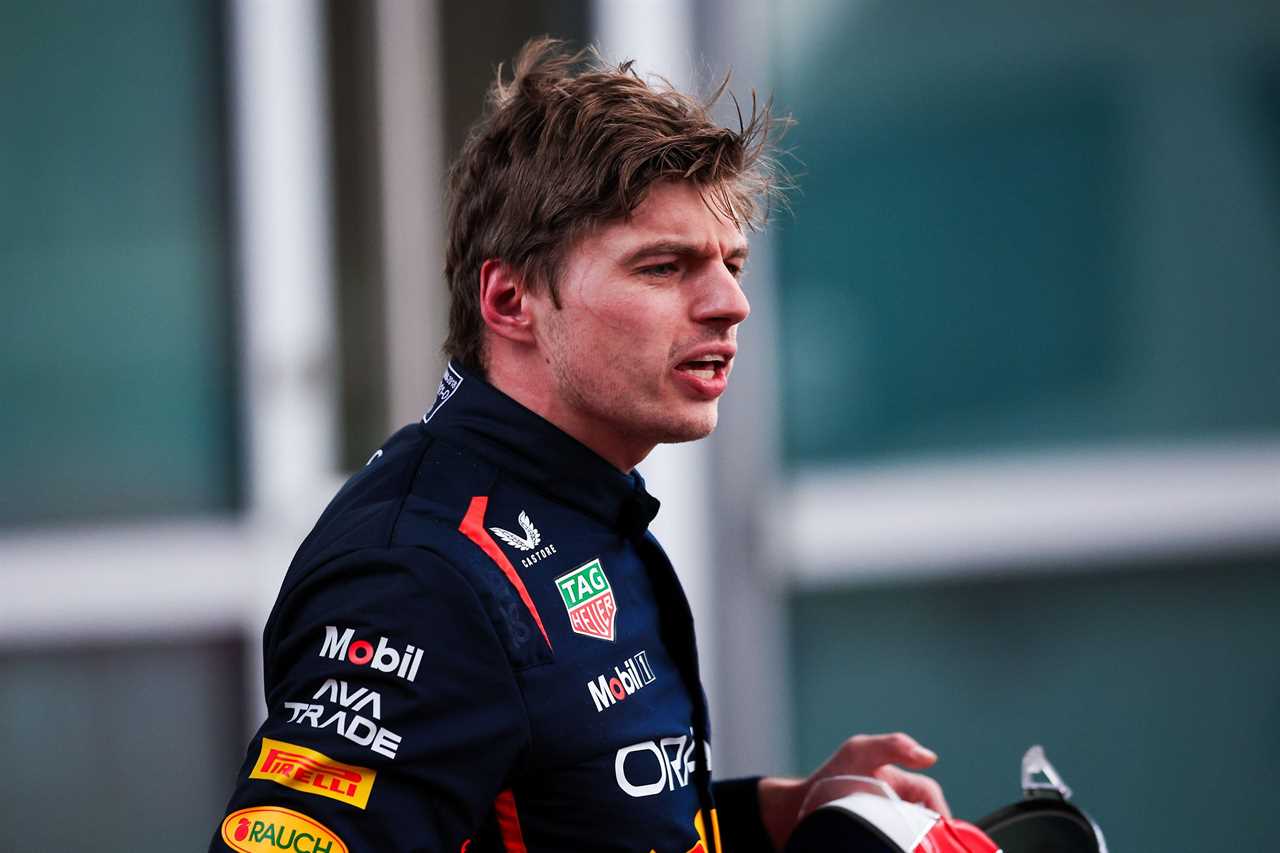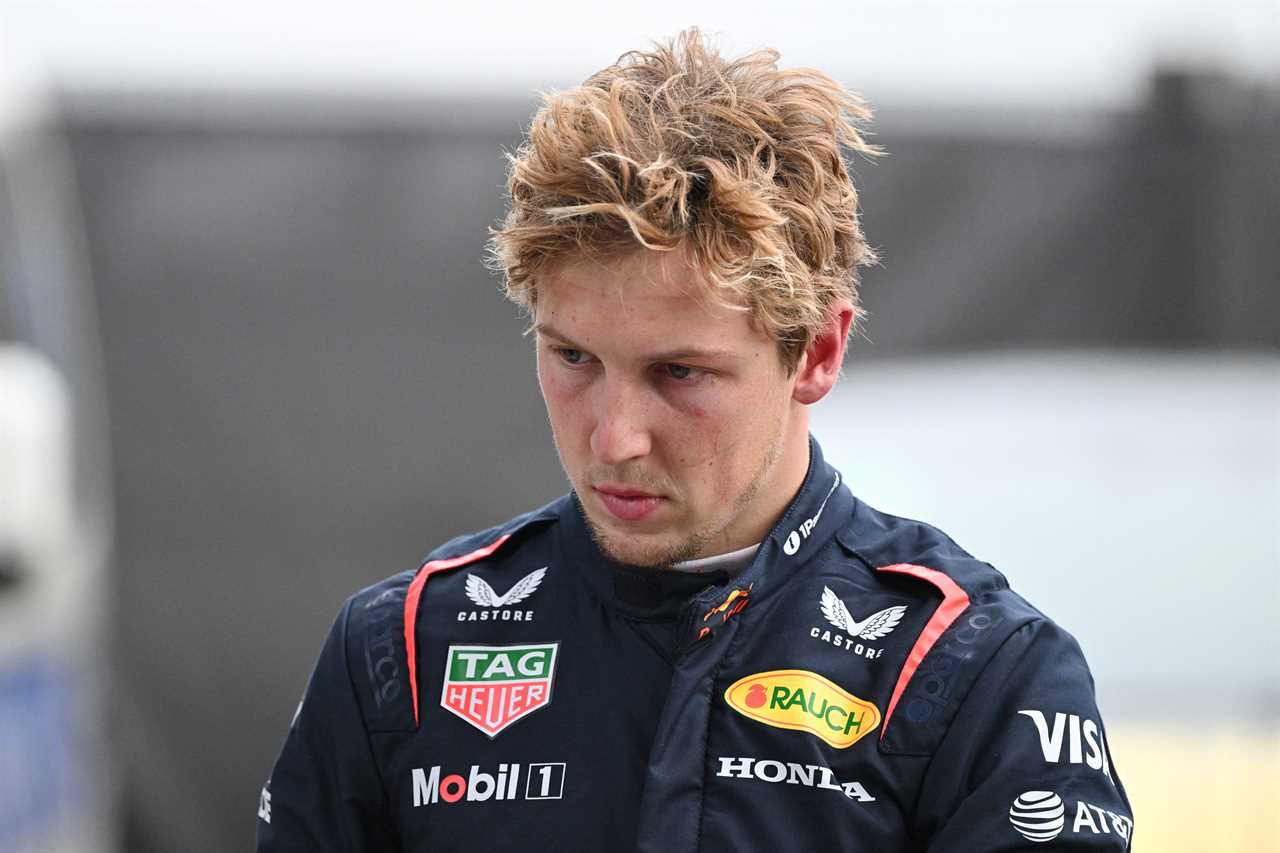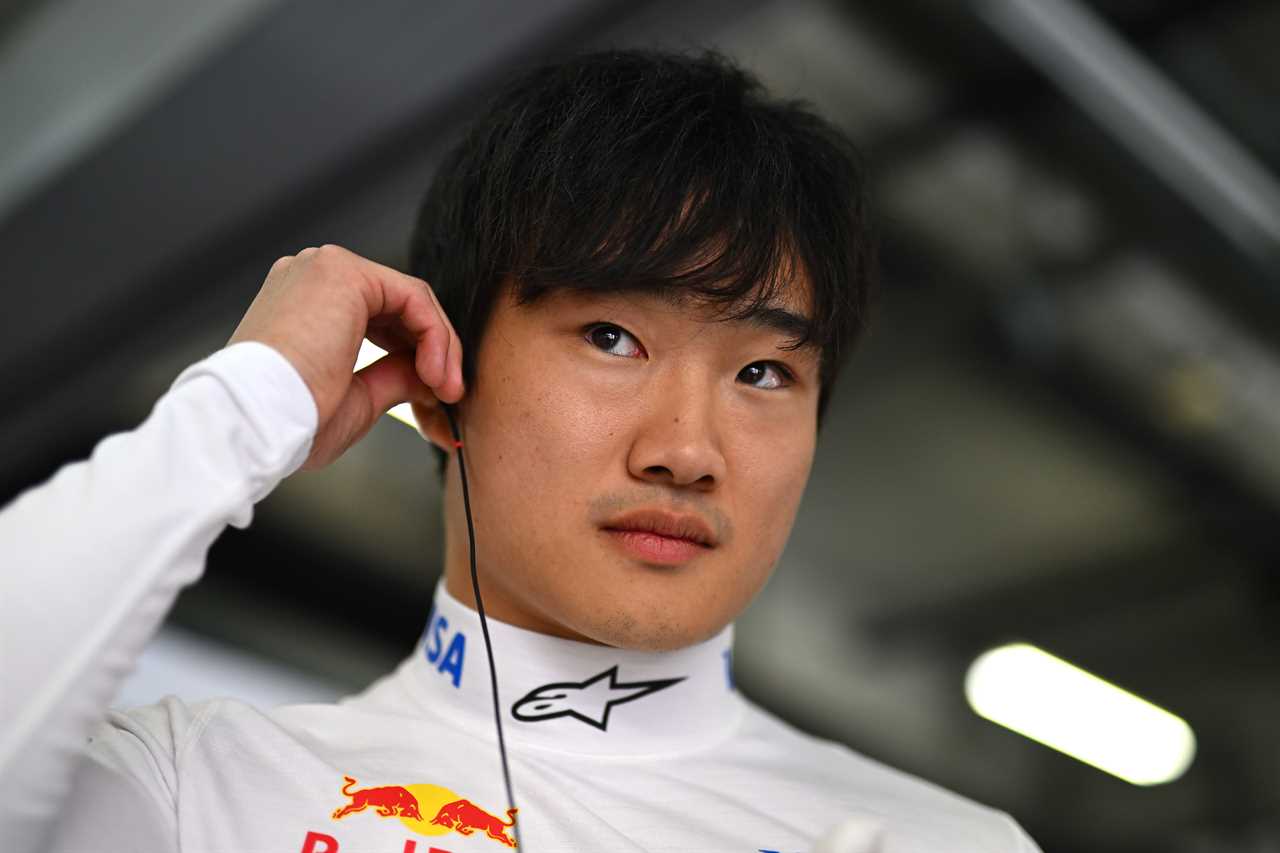
Audio Summary of the Article
Lawson Struggles to Find Form
Liam Lawson’s tenure with Red Bull Racing has hit a rocky start, leaving both the driver and his team under scrutiny. At just 23 years old, Lawson has yet to secure a single point from three races, despite piloting one of the top-performing cars on the grid. This lack of results has raised questions about his future with the team.
Verstappen Voices His Frustration
Max Verstappen, Red Bull’s reigning Formula One world champion, has openly expressed his dissatisfaction with the decision to part ways with Lawson. Verstappen highlighted the challenges Lawson has faced since joining the team, suggesting that the young driver has not met the expected performance levels.
Tsunoda Poised to Take Lawson’s Place
Reports indicate that Yuki Tsunoda, the Japanese driver, will replace Lawson in the Red Bull lineup. Sources from Dutch newspaper De Telegraaf reveal that Tsunoda’s promotion comes after Lawson’s recent move from the Racing Bulls team. This change is anticipated to be officially confirmed before the upcoming Japan Grand Prix next week, as per The Telegraph.
Finalizing the Switch
The transition from Lawson to Tsunoda is nearing completion, with only minor details remaining to be settled. Red Bull aims to make the announcement imminently, signaling a swift turnaround in their driver strategy early in the season.

Verstappen’s Support Amidst Changes
Despite the setbacks, Verstappen has previously commended Lawson’s potential and dedication. He acknowledged the difficulties Lawson has faced, noting the differences between the Racing Bulls car and the main Red Bull machine. Verstappen remarked, “That Racing Bulls car is easier to drive than ours. I notice that when I talk to Liam.” He also mentioned that the performance gap between Lawson and Tsunoda was not significant last year, questioning the rationale behind Lawson’s placement in the main team.
Tsunoda’s Challenging Path Ahead
Yuki Tsunoda steps into a role filled by previous drivers such as Daniel Ricciardo, Pierre Gasly, Alex Albon, Sergio Perez, and now Lawson. Each of these drivers has faced their own set of challenges while partnering with Verstappen, making Tsunoda’s task particularly demanding. The Japanese driver will need to quickly adapt and prove his capabilities to solidify his place alongside one of the sport’s top talents.
A Pattern of Early Changes at Red Bull
Red Bull Racing has a history of making swift changes to their driver lineup in pursuit of optimal performance. Since elevating to the top-tier team in Formula One in 2016, the Dutch squad has seen six different drivers partner with Verstappen. This pattern underscores the team’s commitment to finding the right combination to compete at the highest level, even if it means making tough decisions early in the season.
Looking Ahead to the Japan Grand Prix
The forthcoming Japan Grand Prix will mark the official entry of Yuki Tsunoda into the Red Bull lineup. All eyes will be on how the new pairing performs, with expectations high for both Verstappen and Tsunoda to deliver strong results. The racing community will be keen to see if this change will bring the desired impact for Red Bull as the season progresses.

Impact on Team Dynamics
The switch from Lawson to Tsunoda is not just a change of drivers but also a shift in team dynamics. Red Bull will need to ensure that the new partnership builds on mutual understanding and strategic alignment to maximize their performance in upcoming races. The relationship between Verstappen and his teammates plays a crucial role in the overall success of the team, making this transition a pivotal moment for Red Bull Racing.
The Drag Reduction System (DRS) in Formula 1 is a device that helps facilitate overtaking. It works by reducing aerodynamic drag when activated, allowing a trailing car to gain a temporary speed advantage. DRS can only be used in predetermined zones on the track and when a driver is within one second of the car ahead at specific detection points during the race.
In Formula 1, aerodynamics is key, because it determines the performance of a car through drag and downward force. Downforce pushes the car into the track and increases grip. It also allows drivers to maintain their high speeds without losing control. Aerodynamic performance is refined by teams to gain every advantage possible over their competition.
A Formula 1 race engineer is pivotal in managing various aspects of the car and driver performance throughout a race weekend. The race engineer is in constant contact with the driver to provide critical information, strategy updates and also to communicate with the team in the pits in order for them make decisions in real time. The race engineer makes crucial calls on tire changes, car adjustments, and race tactics, all aimed at securing the best possible outcome for the team.
Formula 1 tire strategies are complex decisions influenced by race conditions, circuit characteristics, and car performance. Understanding the performance of Pirelli's sole tire supplier and the different compounds available will help you analyze these strategies. Track the tire usage for each driver during the race. Note how changes in race pace or position are correlated with the use of different compounds. You can follow post-race analyses on F1 television or motorsport websites, where experts analyze the success or failures of different tire strategy employed during the event.
 CricketBoxingFormula 1GolfHorse RacingPremier LeagueTennisPrivacy PolicyTerms And Conditions
CricketBoxingFormula 1GolfHorse RacingPremier LeagueTennisPrivacy PolicyTerms And Conditions
